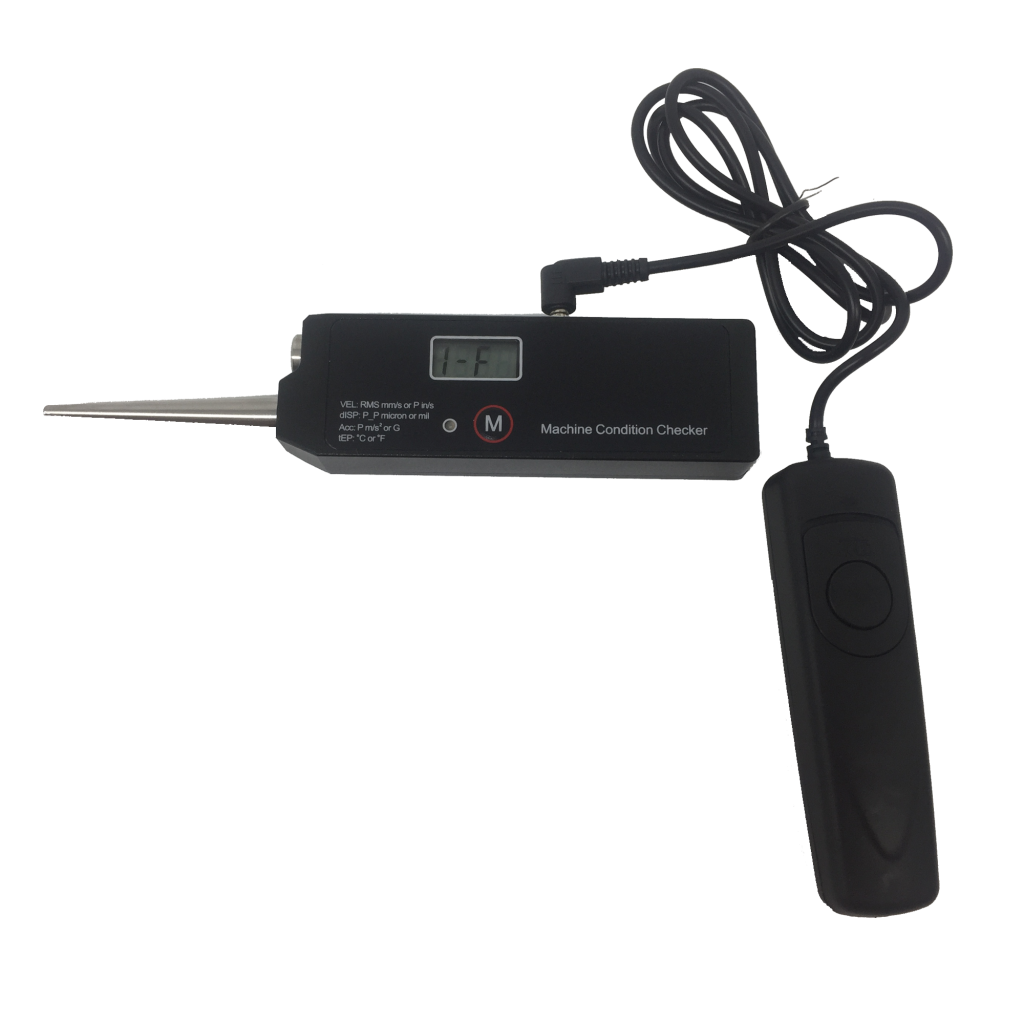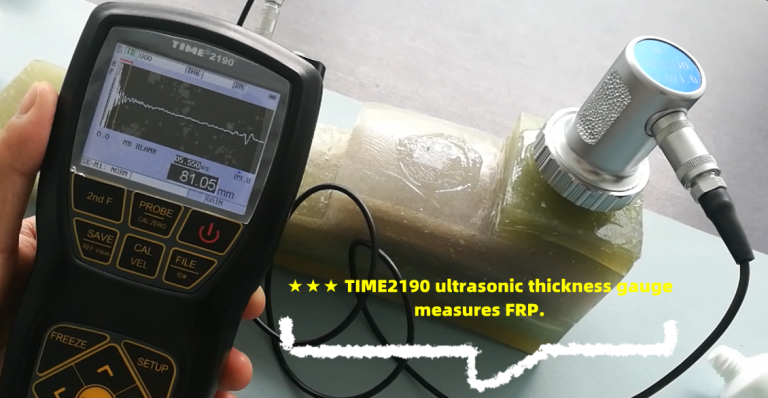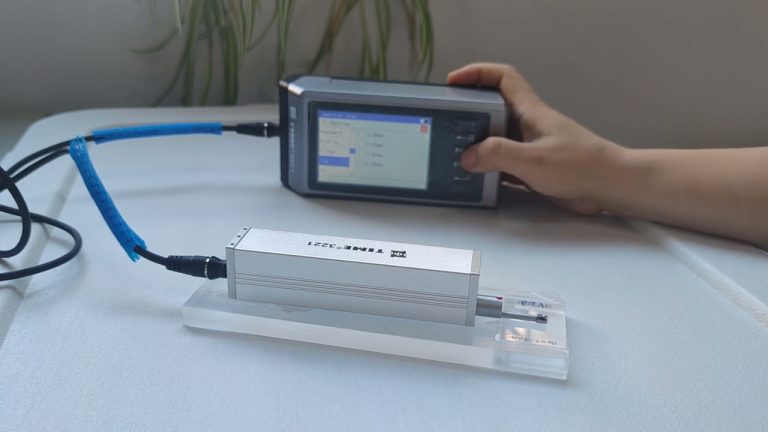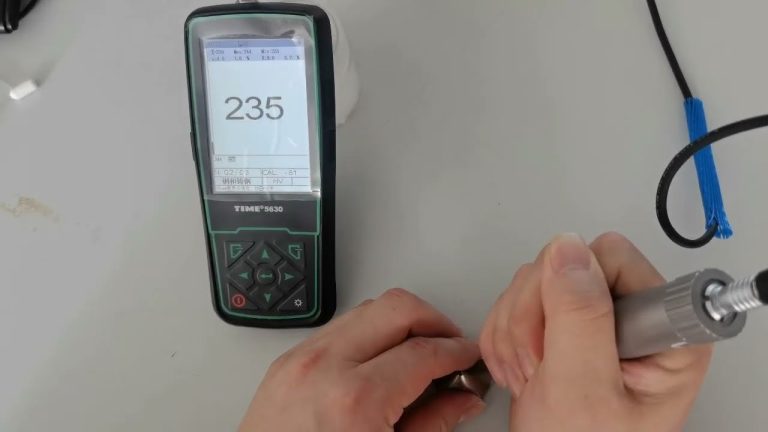How should laboratory equipment be managed?
When applicable, records should include the following:
A. Manufacturer’s name, model number, serial number or other unique identifier
B. Current location
C. Documentation, results, acceptance criteria, relevant dates and validity periods of reference materials
D. Details of damage, malfunction, modification or repair of equipment

- Instrument and equipment files
1) Corresponding to the actual work, files should be created for each set of instruments and equipment. The files should include the following content:
A. Instrument purchase application, original instruction manual, product certificate, and warranty certificate
B. Verification/calibration records and traceability certificates
C. Maintenance and Operational Inspection Plan
D. Maintenance records
E. History of damage, malfunction, modification or repair
2) Equipment identification and random information
All instruments and equipment should be identified, and the identification of each instrument and equipment must be unique.
Attach availability identification labels to instruments and equipment based on verification/calibration, comparison or verification results. Availability identification marks are divided into certificates of conformity, permission certificates and deactivation certificates.
After calibration according to the procedures, the calibration results are within the specified technical requirements;
Auxiliary equipment that has passed the inspection and does not require calibration.
Some functions of multi-functional detection have been lost, but the functions used for detection work are normal and have been verified/calibrated;
Measuring tools are allowed to be downgraded.
Validity period for verification/calibration exceeded
Damaged or malfunctioning
Failure to meet requirements after verification/calibration
Instrument and equipment status identification information should include the following content
device ID
Certificate approval date
Validity period
Name of the organization that performs technical confirmation of instrument status
The name of the inspector responsible for confirming the controlled status of the instrument and equipment
Alignment certificates shall be determined by the scope, level or function for which the use is authorized.
The deactivation certificate should have a deactivation start date and a formal confirmation date of deactivation status.
Random information: Random information includes operating procedures, copies of instrument instructions, current use records, etc.
- Daily management of instruments and equipment
1) Control of abnormal conditions of instruments and equipment
A. Function of instrument and equipment operation inspection
The final goal of the operation inspection of instruments and equipment lies in the analysis of verification data. Through data analysis, it is judged whether the measurement performance of the measuring equipment meets the requirements. It is helpful for the testing agency to dynamically grasp the measurement performance of the testing equipment, and reasonably determine the verification/calibration interval based on the results of the operation inspection, so as to improve the credibility of the measurement data, and shorten the traceability period of the testing data due to abnormal functions of the instrument and equipment. Therefore, , the testing agency should only conduct operational inspections during the two inspection/calibration cycles of the testing equipment.
A. Frequently used instruments and equipment
B. Instruments and equipment that have been calibrated but have not been used for a long time within the validity period of the calibration
2) Instrument and equipment operation inspection methods
A. Use two or more instruments of the same model/specification to compare measurement results
B. Use certified reference materials for inspection
C. The nature of operational inspection is different from that of verification/calibration
D. Operational inspections should use verification standards for process control
E. The instruments and equipment used for operational inspection are generally important measuring instruments and equipment or reference standards.
F. Operation inspection should be documented and analysis records should be saved.







